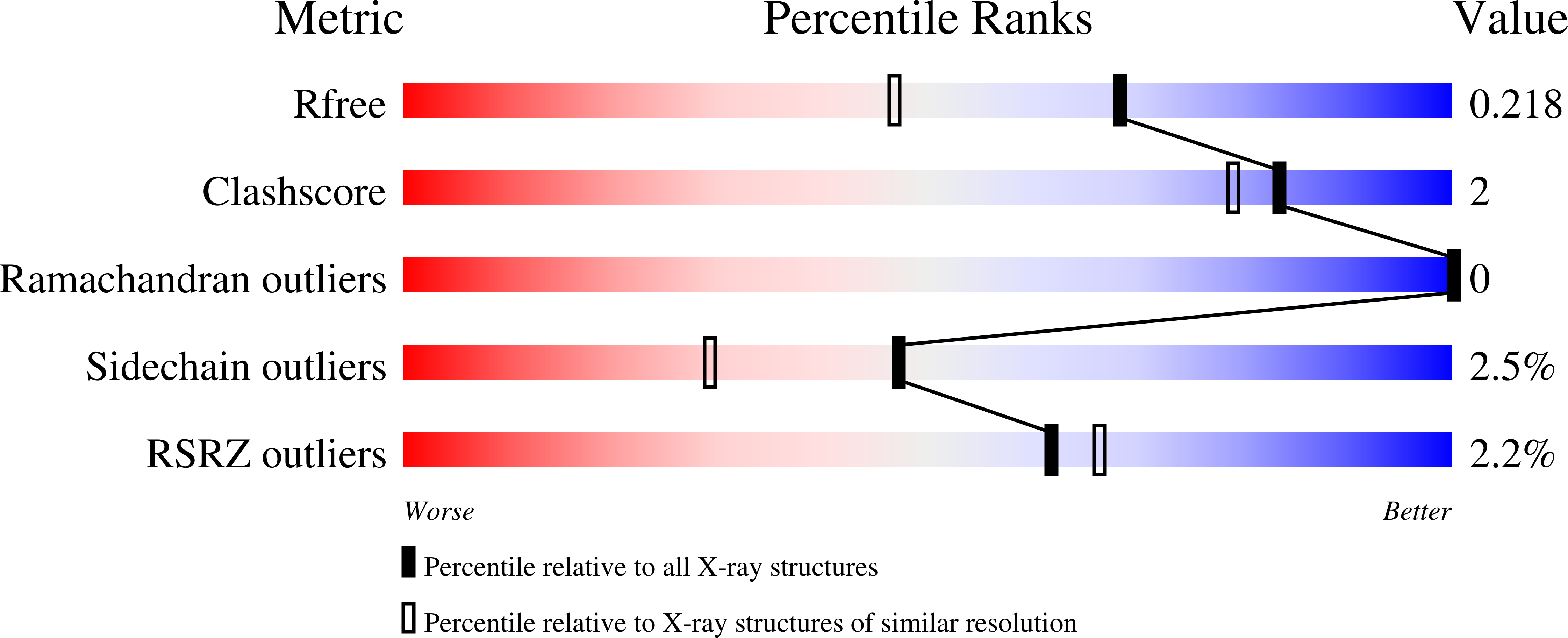
Deposition Date
2023-10-19
Release Date
2024-06-19
Last Version Date
2024-06-19
Method Details:
Experimental Method:
Resolution:
1.69 Å
R-Value Free:
0.21
R-Value Work:
0.19
R-Value Observed:
0.19
Space Group:
P 65 2 2


